Enhance your outdoor spaces with eco-friendly landscape materials designed for sustainability and durability
 Concrete-Recycling
Concrete-Recycling Green-Building
Green-Building Environmental
Environmental Circular Economy
Circular Economy Sustainable-Concrete
Sustainable-Concrete Green Construction
Green Construction Low-Carbon Concrete
Low-Carbon Concrete Green Infrastructure
Green Infrastructure Zero-Waste Concrete
Zero-Waste Concrete Eco-Friendly Concrete
Eco-Friendly Concrete

 About Ducon Green
About Ducon GreenDucon Green is leading the industry forward with green construction solutions, bringing a whole new face to sustainability in the building industry with green concrete.
We turn construction and demolition waste into green concrete that can be further used to make concrete products, reducing landfill impact significantly while promoting a waste-free environment. We commit to SDGs and green building standards to drive the future of Dubai's sustainability vision.


 Recycling Benefits
Recycling Benefits Avoiding the unnecessary generation of disposable waste in a landfill site prohibits land degradation or harmful emissions in the UAE.


Aligning with SDG sustainable development goals, recycling construction waste helps in achieving a zero-waste Dubai.


Recycling concrete waste decreases raw material costs, making it an economical option for construction companies in Dubai.


The production of green concrete consumes less energy compared to traditional cement, reducing the industry's overall carbon footprint.


 Green Concrete
Green ConcreteGreen concrete is an eco-friendly alternative to traditional concrete, it is made from a mixture of construction & demolition waste instead of conventional cement. It reduces dependence on natural resources for building greener
Sustainable Development Goals
Circular Economy
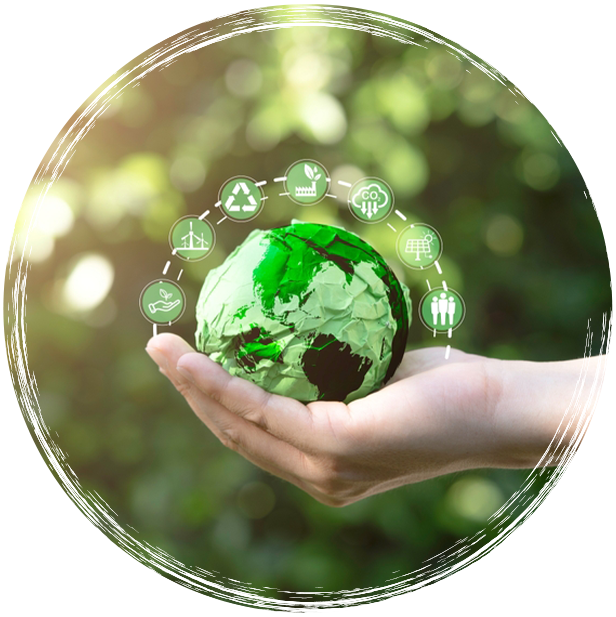
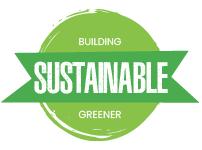

 Events & Awards
Events & Awards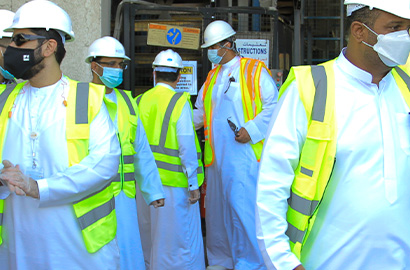
The launch of Dubai’s leading green concrete revolution
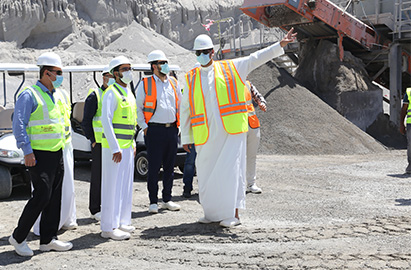
Dubai RTA visits Ducon Industries to explore innovative construction solutions.
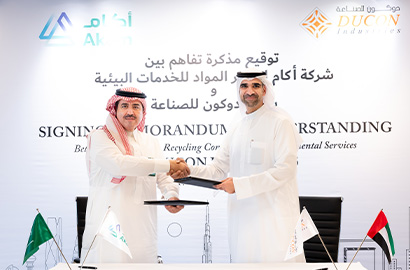
A step towards a greener future through collaboration
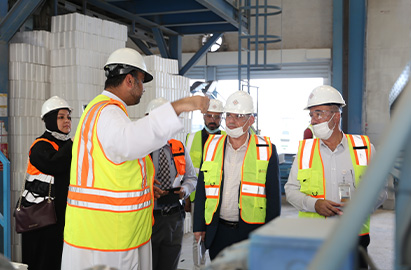
Dubai Municipality explores the sustainable operations of Ducon Industries
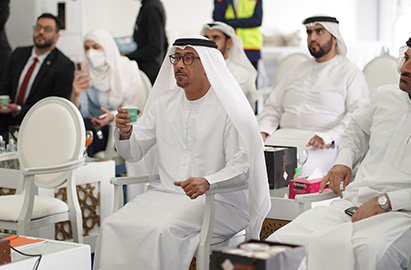
Visits to see the innovative approaches towards sustainable construction.
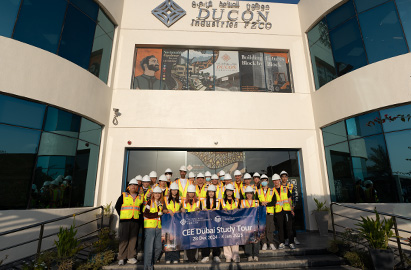
Future innovators visit Ducon Green to explore the potential of green concrete.
Team Member
Complete Works
Award Wining
Avg Ratings
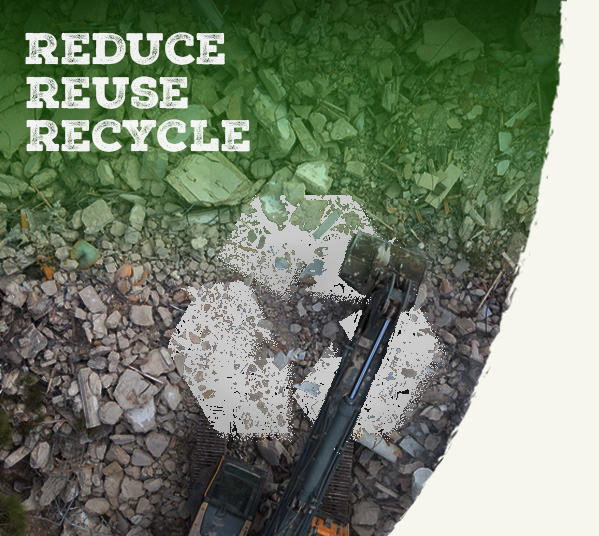
 Contact Us
Contact Us Take a step toward a greener future with an inspiring experience and impactful discussions on sustainable construction in the UAE. See how Ducon Green is driving innovations and leading the industry forward.

 Working Process
Working ProcessUsing construction & demolition waste reduces the use of natural resources, reduces landfills and minimizes environmental degradation.
Turning construction and demolition wastes into new high-quality concrete products supports the circular economy and promotes sustainable development.
Green concrete is used to create blocks, pavers and other concrete products that support sustainable building with a core focus on achieving net-zero emissions.
 FAQs
FAQs
 What is Concrete Recycling?
What is Concrete Recycling? Why is Concrete Recycling Important?
Why is Concrete Recycling Important? What Can Recycled Concrete Be Used For?
What Can Recycled Concrete Be Used For? Is Green Concrete As Durable and Strong?
Is Green Concrete As Durable and Strong? Latest Blog
Latest Blog 
Enhance your outdoor spaces with eco-friendly landscape materials designed for sustainability and durability

Effectively managing construction waste with smart solutions that reduce landfill impact.

Green concrete is revolutionizing construction with eco-friendly materials, reduced carbon footprint.